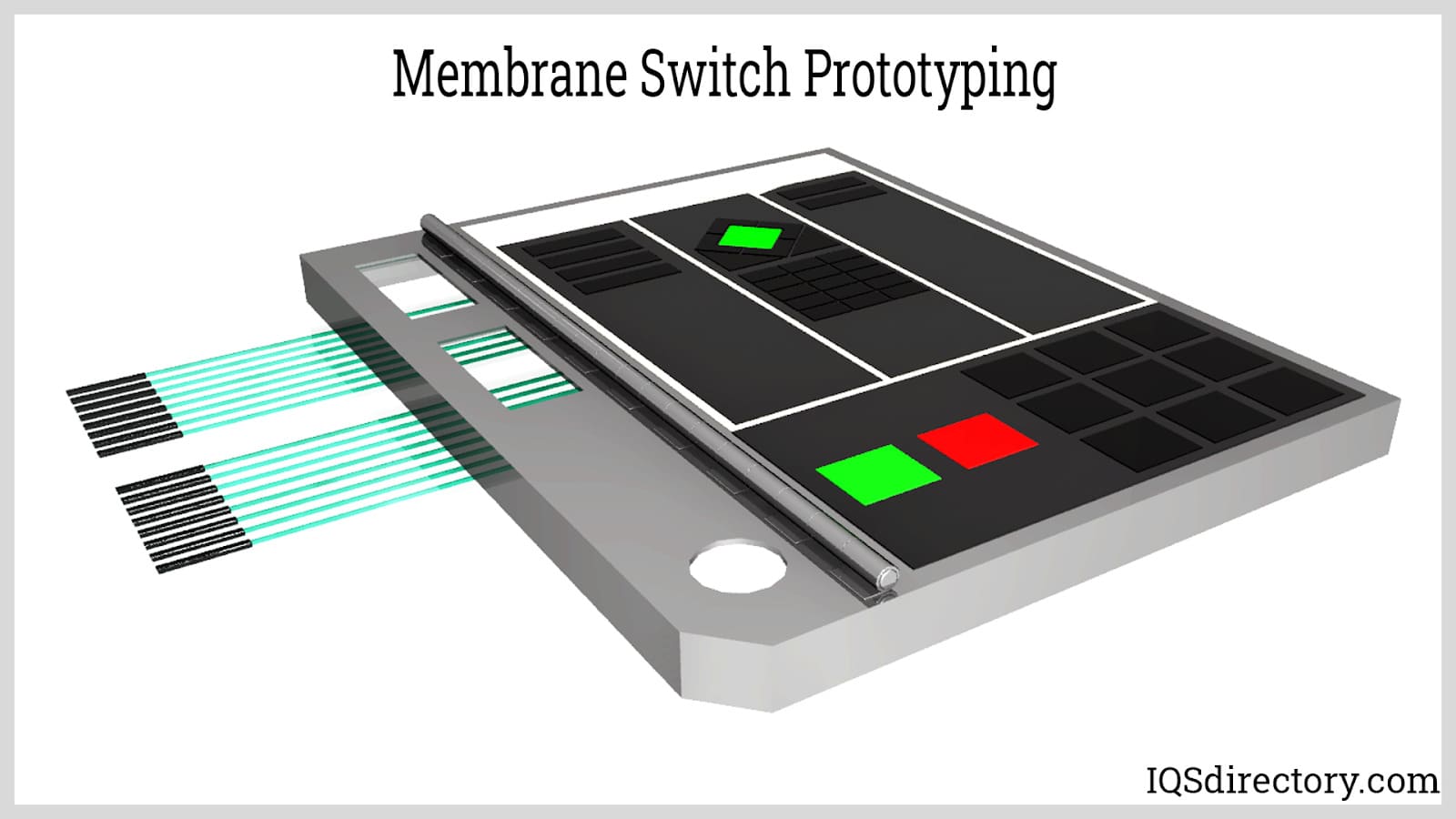Why Membrane Changes Are Essential for Sturdy Control Equipment
Membrane layer switches play a crucial function in ensuring the longevity and reliability of control systems throughout different markets. Their unique building and construction enables them to withstand difficult ecological variables such as moisture, temperature level extremes, and physical wear. This durability not only extends the life expectancy of the systems they serve however also reduces upkeep requirements. As we explore the diverse benefits of membrane layer switches, it comes to be apparent that their importance goes beyond plain performance, affecting user experience and functional efficiency. What more effects do these characteristics hold for the future of control system design?
Introduction of Membrane Layer Switches
Membrane layer switches are functional and trustworthy elements typically used in different digital control systems. The visuals overlay offers both functional and aesthetic design, while the spacer layer makes sure that the switches are turned on just when pressed.
Membrane buttons are commonly favored in applications needing a compact and light-weight design, making them excellent for portable devices, clinical devices, and commercial equipment. They can be personalized to meet certain individual needs and can incorporate various functions such as backlighting, tactile comments, and several colors. In addition, membrane layer switches are resistant to dirt, moisture, and pollutants, making them suitable for atmospheres where durability is necessary.
Benefits of Durability
In several applications, the toughness of membrane layer switches offers substantial benefits that enhance their general efficiency and dependability. These switches are designed to endure severe environments, making them perfect for use sought after conditions such as high moisture, severe temperature levels, and exposure to chemicals. Their durable building and construction helps to avoid damages from physical impact, ensuring long-lasting performance and decreasing the demand for frequent replacements.
In addition, membrane switches are resistant to damage, which is critical in applications where constant communication occurs. This toughness equates to reduce maintenance prices, as organizations take advantage of minimized downtime and fewer solution interruptions. The encapsulated style of membrane switches secures inner parts from dust and dampness access, more contributing to their life expectancy (membrane switch).
One more advantage is their ability to preserve consistent efficiency with time. With a high resistance for mechanical stress, these buttons maintain their responsive responses and electric honesty, making certain user satisfaction. Inevitably, the longevity of membrane switches over not only boosts operational performance however also fosters confidence in their integrity, making them a recommended selection for control systems across various sectors.
Applications in Various Industries
Sturdy control systems using membrane buttons find comprehensive applications across a range of markets, each gaining from the one-of-a-kind attributes these switches offer. In the clinical market, membrane switches are essential for tools such as patient displays and diagnostic equipment, where dependability and ease of cleaning are paramount. Their resistance to dampness and impurities ensures they maintain functionality in clean and sterile environments.
The automotive market leverages membrane layer switches for dashboard controls and infomercial systems, where they provide sleek, inconspicuous interfaces that improve individual experience. These buttons are additionally created to endure extreme problems, consisting of direct exposure to severe temperature Read More Here levels and resonances.
In commercial settings, membrane switches are frequently made use of in equipment control panels, using tactile feedback and durability necessary for high-usage applications. Their ability to stand up to chemicals makes them ideal for manufacturing settings where spills and pollutants are regular.

Customer electronics, such as cooking area home appliances and remotes, likewise use membrane switches for their convenience and cost-effectiveness. In general, the versatility and durable nature of membrane layer changes make them crucial throughout numerous industries, ensuring effective procedure and longevity in control systems.
Style and Visual Appeal
While functionality is extremely important, the layout and visual charm of control systems equipped with membrane layer buttons play a crucial duty in user interaction and general experience (membrane switch). The aesthetic style of these buttons can dramatically affect individual assumption and interaction. A well-designed membrane switch improves the beauty of the device, making it much more appealing to users and promoting a link between the customer and the item
Membrane changes use a lot of flexibility in design, permitting suppliers to personalize graphics, shades, and structures to align with brand identity and item appearances. Making use of dynamic colors and distinctive patterns can draw attention, while responsive responses can strengthen the user's interaction with the device. In addition, the capability to integrate LED signs and backlighting into the membrane layer switch style provides both useful and visual benefits, enhancing presence and use in various atmospheres.

Enhancing Customer Experience

Furthermore, membrane buttons can be personalized to include visual user interfaces, boosting functionality by providing info in a clear and intuitive way (membrane switch). This modification can consist of symbols, tags, and shade coding that guide individuals via complex performances easily. In addition, their versatility enables assimilation in various environments, making sure regular efficiency our website whether in industrial machinery or consumer electronics
The longevity of membrane layer switches also plays a vital function you can try these out in user experience. By enduring rough problems and prolonged use, these buttons reduce the likelihood of system failures, therefore promoting dependability and user self-confidence. Eventually, the strategic use membrane layer changes not only elevates performance yet additionally significantly improves customer communication with control systems, making them an important component in modern style.
Conclusion
